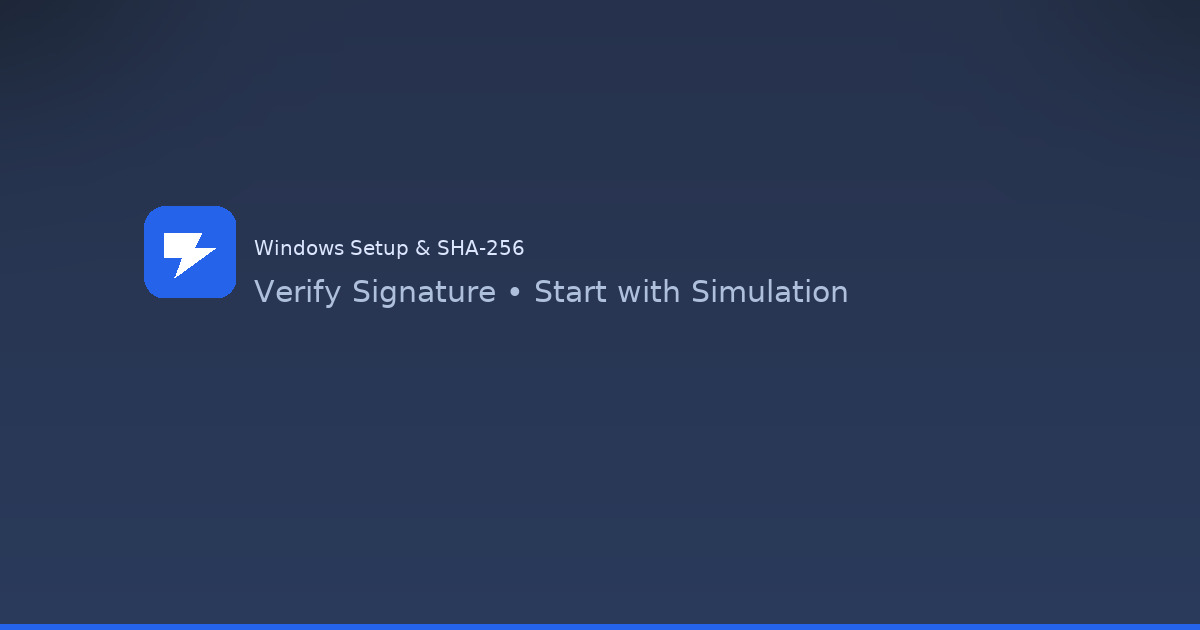Windows Setup: Verify SHA-256 & Start with Simulation
Windows MEV agent setup: verify SHA‑256 checksums, confirm Authenticode signing with SmartScreen, mount the ISO, then start safely in simulation with tight budget and slippage caps.
Outcome
Ship a safer windows download route
Updated
9/12/2025
Next step
Launch dashboard & assign node

Overview
Verify SHA-256, SmartScreen signature, then start with simulation.
Key points
- Clear definitions and when this topic matters for MEV practitioners.
- Step-by-step guidance you can apply inside FRB today.
- Risk notes and guardrails (no profitability guarantees).
Walkthrough
- Setup — ensure reliable RPC/WSS endpoints and time-sync.
- Configuration — start with simulation/canary, set slippage and budget caps.
- Execution — prefer private bundles when available; monitor inclusion and adjust.
- Review — log outcomes, tweak filters, and iterate conservatively.
Risk & compliance
MEV is experimental and high-risk. Slippage, inclusion uncertainty and reorgs can cause losses. You are responsible for legality in your jurisdiction.
Next steps
Use the FRB agent to scan mempools and submit private bundles with custody preserved.
→ Try FRB or watch the 2‑min demo on the homepage.
Step after reading
Launch FRB dashboard
Connect your wallet, pair the node client with a 6-character PIN, and assign the contract mentioned above.
Need the signed build?
Download & verify FRB
Grab the latest installer, compare SHA‑256 to Releases, then follow the Safe start checklist.
Check Releases & SHA‑256Related
Further reading & tools
Comments
Please cover bundle failure modes and retries.
The checklist was super helpful—please add a section on reorgs.
Benchmarks vs public PGA would be amazing.
I set tighter caps and avoided a big loss—thanks!
Could you share recommended WSS providers?
Any tips for tuning slippage caps on volatile pairs?
Adding a “pitfalls” section was a nice touch.
Would love a video walkthrough for setup.
The TL;DR makes it easy to share with teammates.
Inclusion rate improved after moving to private bundles.
I tried this with a canary size and it worked as expected.
The TL;DR makes it easy to share with teammates.